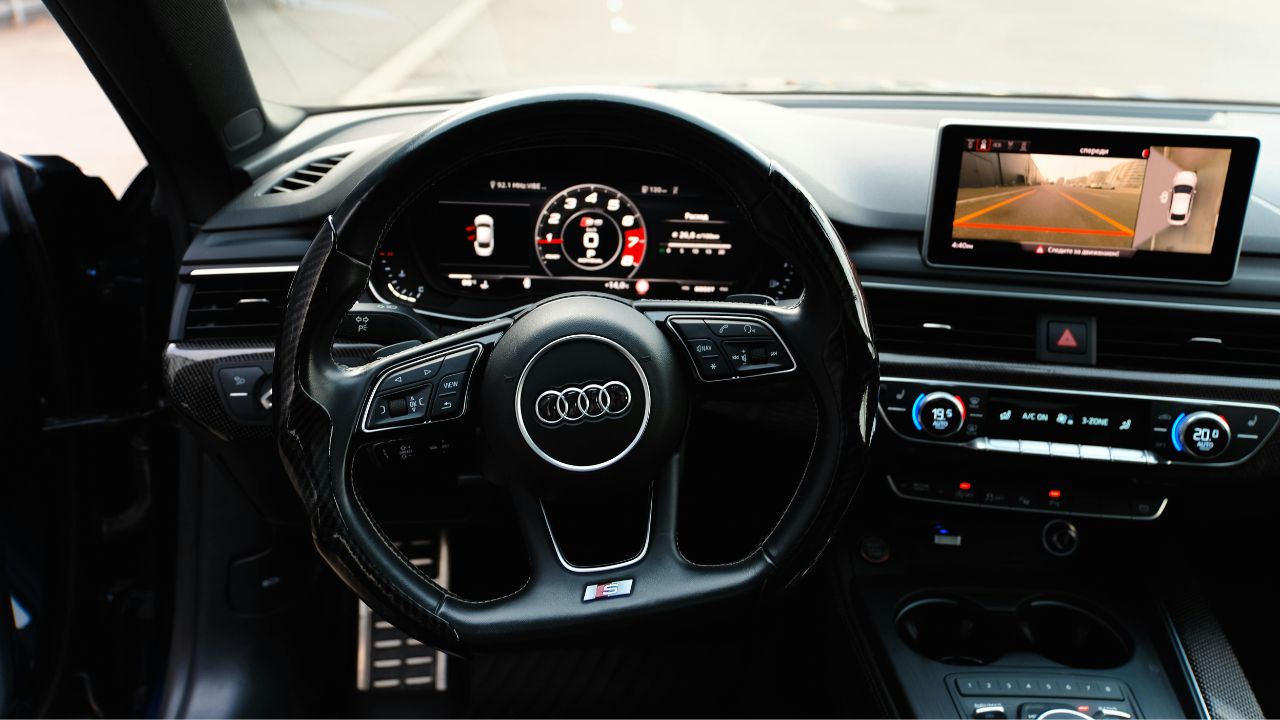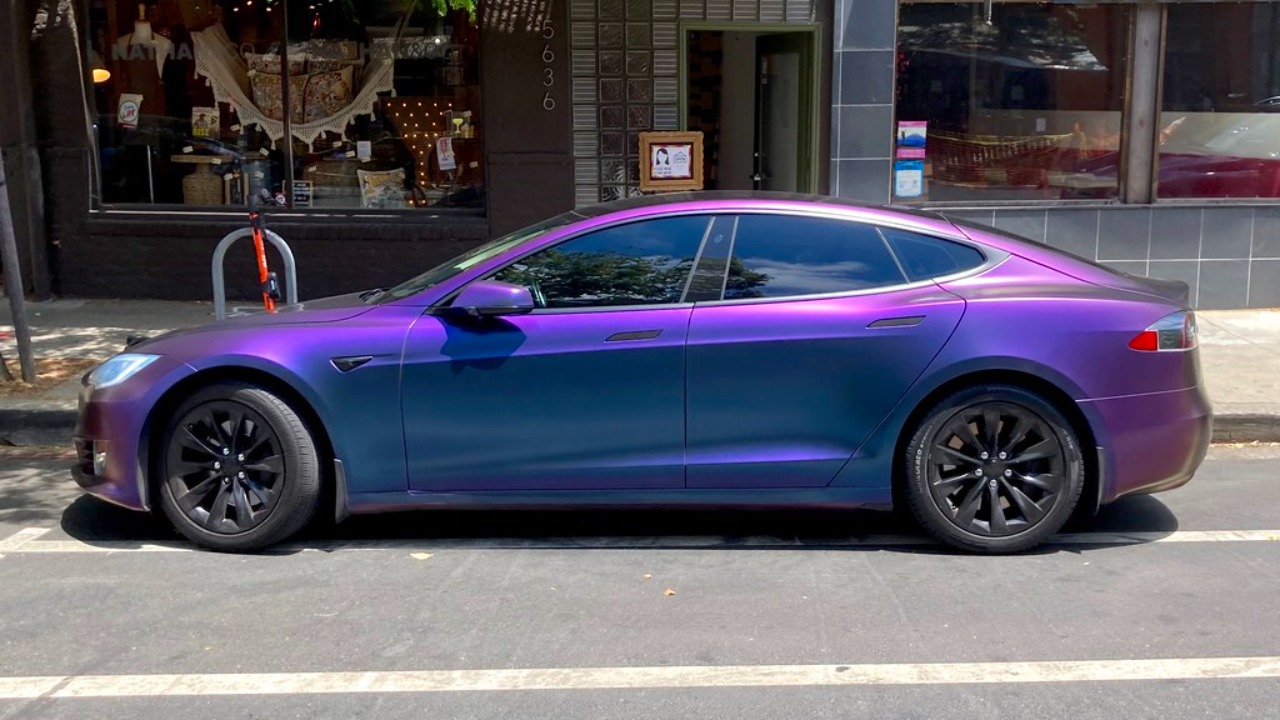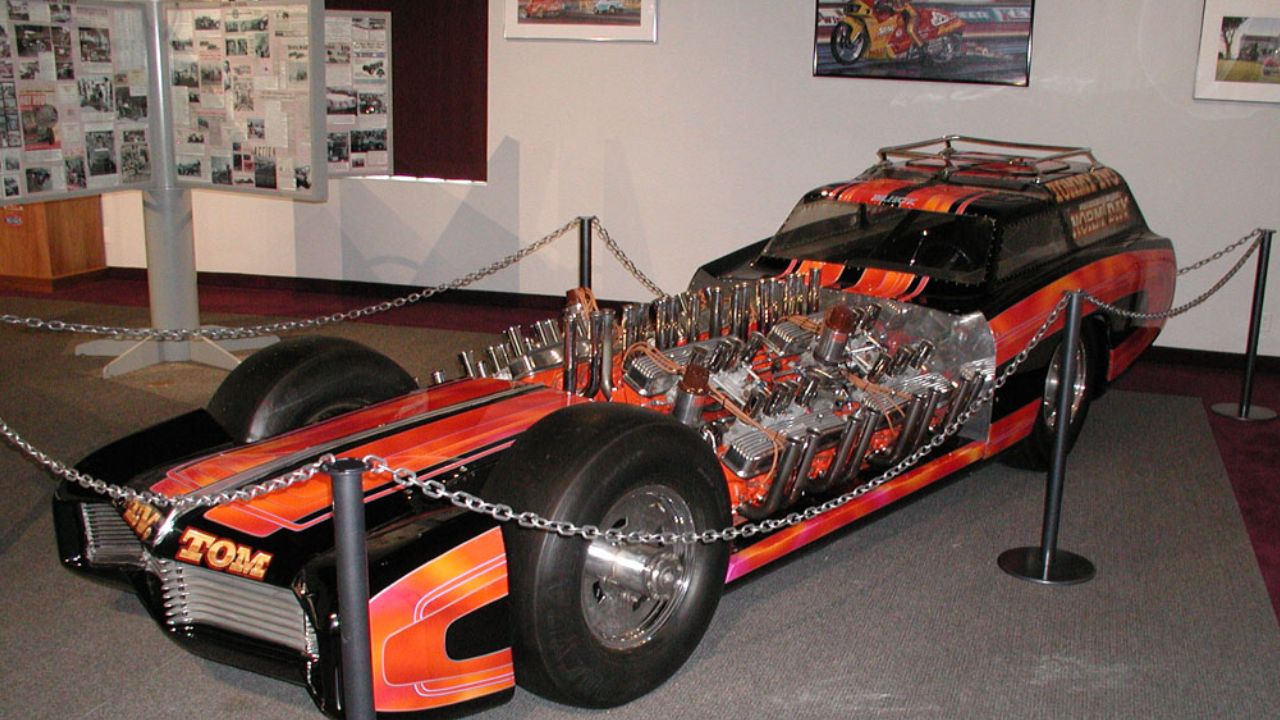Choosing between a new and used car is a decision that involves multiple factors, each affecting the overall ownership experience. From initial costs to environmental impact, understanding these differences can guide you to the right choice. Let’s explore the key considerations when deciding between a new or used vehicle.
Cost Considerations
When purchasing a new car, like the 2025 Toyota Camry, the initial cost is typically higher than a used model. New cars come with the latest features and zero mileage, but this premium can be a significant financial undertaking. Buyers often face larger monthly payments and higher insurance rates, which can strain a budget.
On the other hand, a used car, such as a 2021 Honda Accord, can offer significant savings. Not only is the sticker price lower, but insurance rates and taxes are usually reduced. This can make a used car an attractive choice for budget-conscious buyers, allowing for flexibility in spending on maintenance or upgrades.
Depreciation Differences
Depreciation is a major factor in the car buying decision. A new 2026 Ford Mustang will lose value quickly, with the steepest decline happening within the first few years of ownership. This rapid depreciation can be a downside if you plan to sell or trade in the vehicle after a short period.
In contrast, a used vehicle like a 2022 Chevrolet Malibu has already undergone its most significant depreciation. Buying used can help you avoid the initial depreciation hit, ensuring that the car retains its value better over the short term. This can be a smart financial move if you’re planning to resell or trade in the future.
Warranty and Maintenance
New cars often come with comprehensive warranties, providing peace of mind for models like the 2024 Hyundai Tucson. These warranties can cover major repairs and maintenance for several years, reducing out-of-pocket expenses and offering reassurance against unforeseen issues.
While used cars may lack the extensive warranties of new models, vehicles like the 2020 Subaru Outback can still offer certified pre-owned warranties. These coverages can provide a level of protection, though maintenance costs might be higher as the car ages. Factoring in potential repair costs is crucial when opting for a used vehicle.
Technology and Features

New cars, such as the 2026 Tesla Model 3, often come packed with the latest technology and features. From advanced driver-assistance systems to cutting-edge infotainment, new vehicles offer the most up-to-date options for tech-savvy buyers seeking the latest innovations.
Alternatively, used cars like the 2021 BMW 3 Series may not have the latest tech but can still offer a suite of desirable features. Buyers can often find well-equipped models that meet their needs without paying the premium for the newest gadgets. Balancing technology desires with budget can lead to a satisfying purchase.
Environmental Impact
New car models, such as the 2025 Nissan Leaf, often feature improved fuel efficiency and reduced emissions, aligning with environmentally conscious goals. These advancements can make a new vehicle appealing for those prioritizing sustainability, as they typically offer better environmental performance.
However, purchasing a used car like the 2023 Toyota Prius can also be environmentally friendly. By extending the life of a vehicle, you contribute to resource conservation and waste reduction. Both new and used vehicles have their environmental advantages, depending on your personal priorities and values.
Like Fast Lane Only’s content? Be sure to follow us.
Here’s more from us:
*Created with AI assistance and editor review.







Leave a Reply